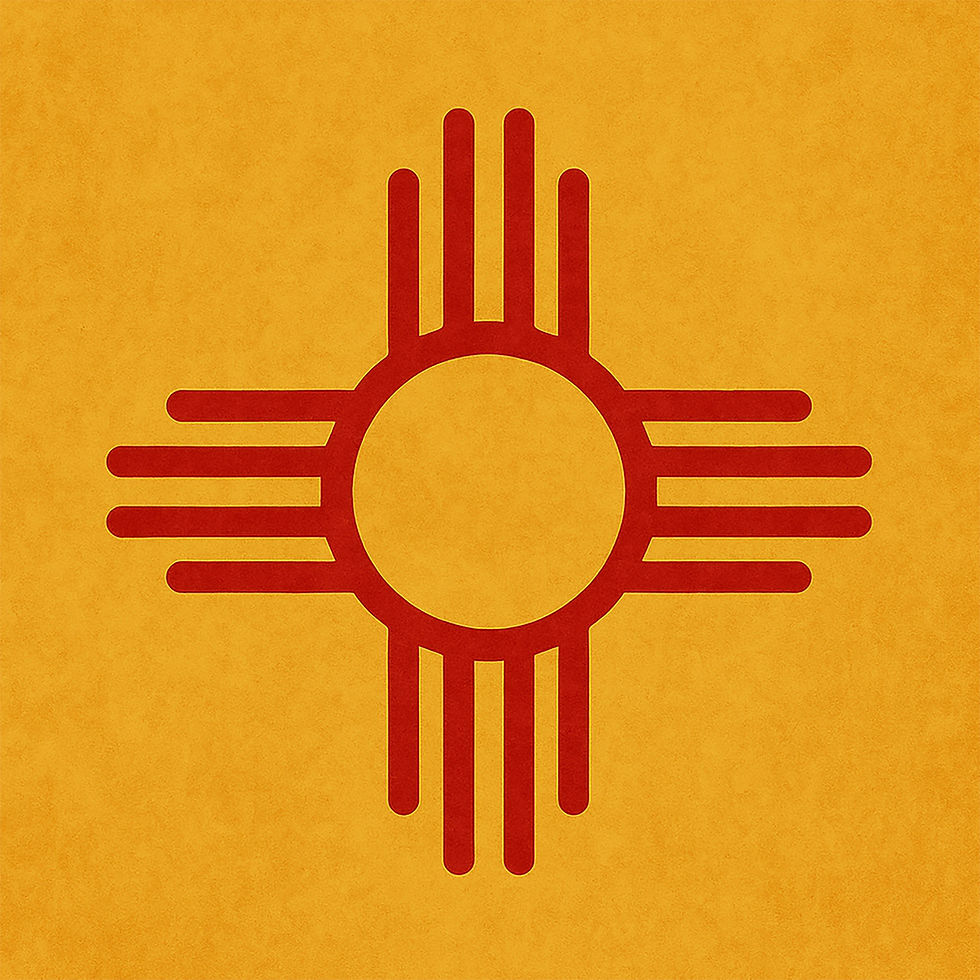A Day with Siegfried Farnon: The art of casting cattle (#20)
- Rick LeCouteur
- Aug 3, 2024
- 2 min read
Updated: Feb 25

One brisk morning in 1976, as the dew was still settling on the sprawling fields of a picturesque Yorkshire farm, I had the unique opportunity to learn firsthand about an intriguing veterinary practice known as "casting." This was no ordinary day; I was accompanying none other than Siegfried Farnon (a.k.a. Donald Sinclair), the famed veterinarian from "All Creatures Great and Small." His expertise and anecdotes added a depth of understanding to this essential technique.
What is Casting?
Casting is a method used primarily with adult cattle to safely cause them to lie down using ropes. This technique is crucial for performing various medical procedures without the need for general anesthesia, which may pose significant risks for large animals. The process involves applying a rope halter to control the cow’s head and then using a rope to apply firm, consistent pressure to points on the cow's body, causing the animal to lie down with minimal struggling.
Why Cast Cows?
The reasons for casting are as practical as they are critical. In adult cattle, complications such as bloat, regurgitation, and hypoventilation can occur under general anesthesia. Instead, safer methods involve sedation combined with local anesthesia. Casting ensures the cow remains still and safe during necessary procedures like assisted calving, caesarean sections, or correcting a displaced abomasum.
Essential items?
· A rope halter
· 30-40 feet of rope
· Sedatives, to be administered as needed
· A knife or blade for emergency rope cutting
· Protective gloves to prevent rope burns
Casting Methods
The casting process requires at least three people: one to control the cow’s head and two to manage the ropes. Safety for both the animal and the handlers is paramount, so ensuring the ground is clear of hazardous materials and selecting a suitable spot for the cow to lie down is crucial.
During my visit, Siegfried demonstrated two popular methods of casting: the Reuff’s method and the criss-cross method (sometimes called the Burley method). Each has its unique approach and application, but both require meticulous attention to ensure the ropes are tightened without slipping or causing discomfort to the animal.
The Reuff’s method, for instance, employs a non-slip knot around the cow’s neck to prevent any accidental tightening. This method is particularly useful in preventing undue pressure on the animal’s airway. Meanwhile, the criss-cross method involves a systematic application of ropes across the cow’s body to guide it smoothly to the ground.
A Day to Remember
Watching Siegfried work with the gentle giants of the farm was an enlightening experience. His methodical approach and the calm demeanor he maintained with the animals taught me a great deal about the compassion and precision required in veterinary practices.
This day not only enhanced my understanding of a crucial veterinary procedure but also deepened my appreciation for the hard work and dedication of those who care for our agricultural and pastoral companions. It's clear that techniques like casting are not just about managing livestock but are a testament to the veterinary commitment to animal welfare.




Comments